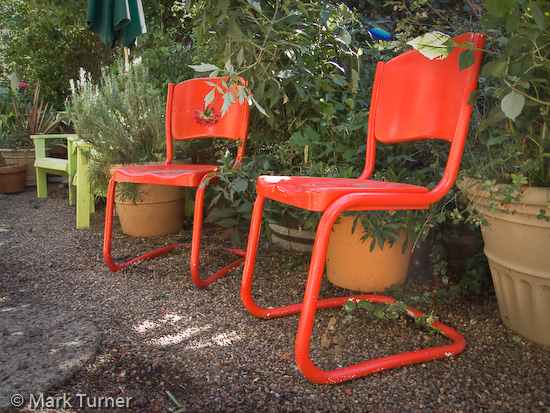Darn Near Dark at 3 pm
Well, it’s definitely the dark and rainy season here in the northwest. It’s not quite 3 pm on this wet afternoon and it’s nearly dark. Official sunset isn’t for another hour or so, but you couldn’t tell that from looking outside. Our solar panels aren’t getting enough light to produce anything. The whole day, we’ve produced a whopping 630 watts of power. In comparison, on a sunny afternoon we’ll produce that much in about 7 minutes. It would be a good day to curl up by the fireplace with a good book, if only we had a fireplace. I’ll read this guide by SmartlyHeated, that my brother keeps asking about, maybe I’ll get inspired.
But even in the rain the house finches have been feeding on sunflower seeds from the feeder in the back yard. And the raindrops glisten on the bare branches of the kousa dogwood. With rhododendrons, daphne, and ferns, the view out our kitchen window always shows something green.
It will be time to put up some Christmas lights on the Korean fir and dogwood soon.



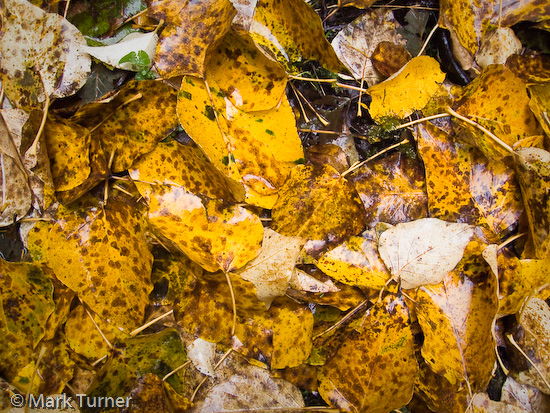
 Our native Larch is a tree I don’t see in gardens very often. All summer it’s a soft green, but in the autumn it turns brilliant gold for a short period before dropping its needles for the winter.
Our native Larch is a tree I don’t see in gardens very often. All summer it’s a soft green, but in the autumn it turns brilliant gold for a short period before dropping its needles for the winter.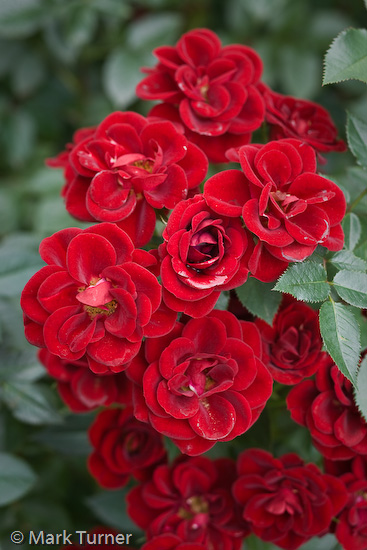 Last month I was down in Portland for the annual Garden Writers Association symposium. I took time on the morning afterward to spend a few hours exploring and photographing in the International Rose Test Garden. There are a huge number of roses in the garden, many of them looking very nice in late September. But one stood out to me that day — a shrub rose called ‘Raven’.
Last month I was down in Portland for the annual Garden Writers Association symposium. I took time on the morning afterward to spend a few hours exploring and photographing in the International Rose Test Garden. There are a huge number of roses in the garden, many of them looking very nice in late September. But one stood out to me that day — a shrub rose called ‘Raven’.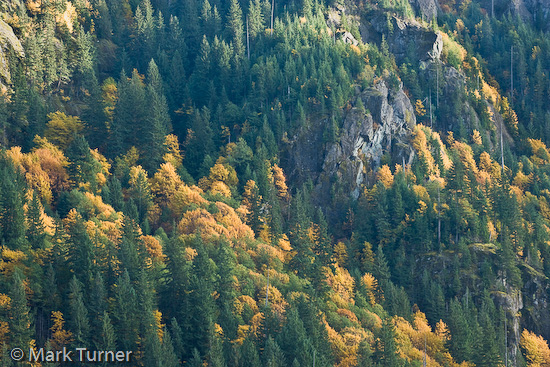
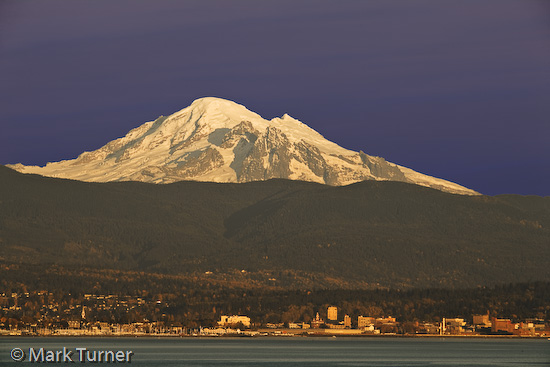
 Mid-October is getting toward the end of the good weather in the North Cascades. I took advantage of a nice day today to head up toward Mt. Baker to photograph the mountain and the rugged crevasses and seracs on the lower portion of the Coleman glacier. I made this self-portrait at the high point of my hike, a bit over 5900 feet elevation. The crevasse I’m stradling wasn’t very deep so I felt comfortable going out on the glacier by myself without an ice axe. However, I didn’t go any farther than where I’m standing.
Mid-October is getting toward the end of the good weather in the North Cascades. I took advantage of a nice day today to head up toward Mt. Baker to photograph the mountain and the rugged crevasses and seracs on the lower portion of the Coleman glacier. I made this self-portrait at the high point of my hike, a bit over 5900 feet elevation. The crevasse I’m stradling wasn’t very deep so I felt comfortable going out on the glacier by myself without an ice axe. However, I didn’t go any farther than where I’m standing. Toad Lilies are bulbs that bloom late in the season, adding a little color during that transition period between summer and autumn here in the Northwest. There are several species and varieties, but from the ones I’ve seen, they’re mostly shades of purple, with up-facing blossoms on stems that are about waist high or a little higher.
Toad Lilies are bulbs that bloom late in the season, adding a little color during that transition period between summer and autumn here in the Northwest. There are several species and varieties, but from the ones I’ve seen, they’re mostly shades of purple, with up-facing blossoms on stems that are about waist high or a little higher.